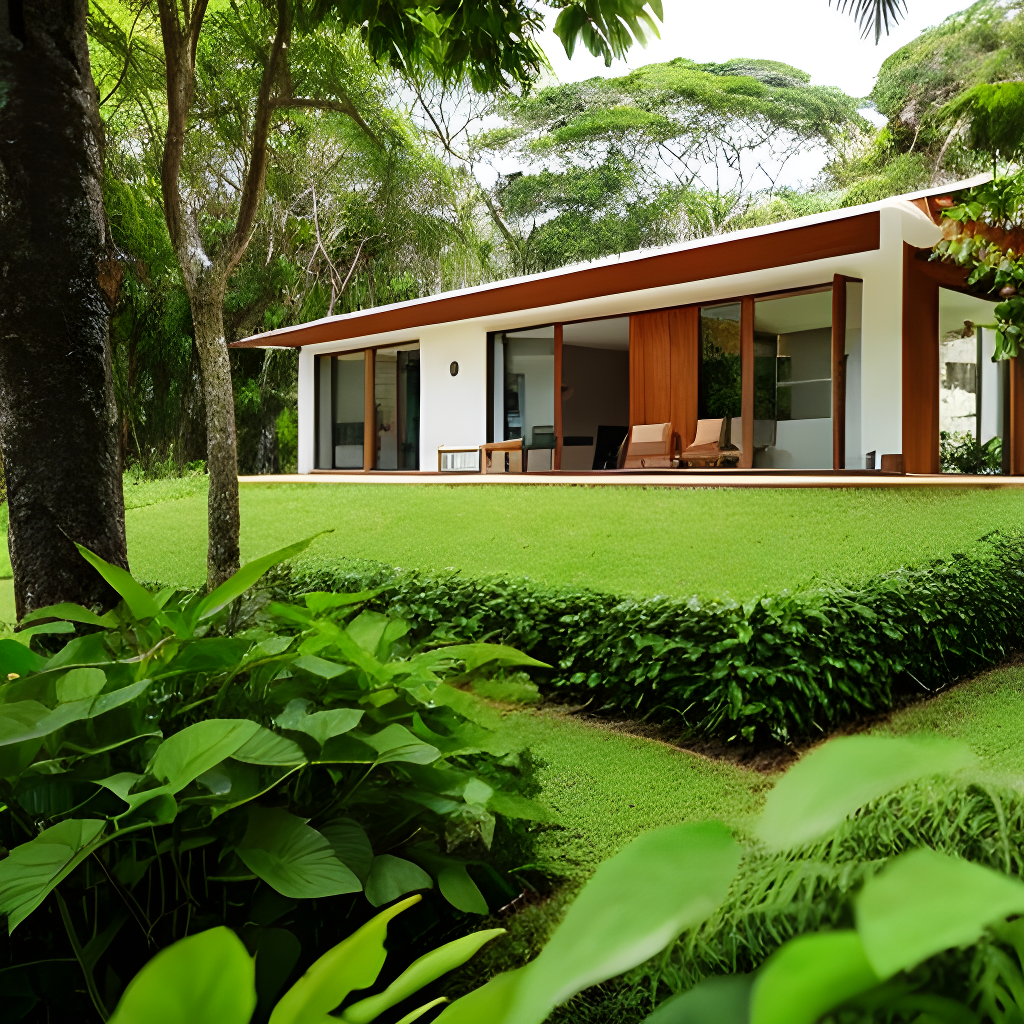
Creating a Sustainable and Eco-Friendly Home: A Complete Guide
Share
Having a sustainable and eco-friendly home is more than just a trend; it’s a conscious choice that contributes to preserving the environment and leading a healthier lifestyle. In this comprehensive guide, you’ll find valuable tips on how to create a sustainable home, from choosing materials to implementing eco-friendly practices. Let’s get started!
Planning and Design:
Before building or renovating, make detailed plans to optimize the use of resources and minimize waste.
Consider bioclimatic design, making the most of sunlight, natural ventilation and adequate shading.
Opt for open and integrated spaces, allowing air circulation and natural lighting throughout the house.
Energy Efficiency:
Invest in thermal insulation to reduce the need for artificial heating and cooling.
Use energy-efficient LED bulbs and install motion sensors for automated lighting.
Consider installing solar panels to generate renewable energy and reduce dependence on the conventional power grid.
Water Conservation:
Install economical taps and showers that reduce water consumption without compromising comfort.
Install dual flush devices or cisterns on toilets to control water usage.
Create rainwater harvesting systems for garden irrigation and use in non-potable household tasks.
Choice of Materials:
Choose sustainable materials, such as certified wood, bamboo, cork and recycled materials.
Avoid the use of toxic products, such as paints and varnishes with high levels of volatile organic compounds (VOCs).
Prioritize local purchasing and support companies that follow sustainable practices in the manufacturing of materials.
Waste Management:
Implement an efficient recycling system, with separate bins for different types of waste.
Choose durable, quality products, reducing the amount of waste generated.
Promote the composting of organic waste, transforming it into fertilizer for use in the garden.
Garden and Landscaping:
Create a sustainable garden with native plants, which require less water and are adapted to the local climate.
Use landscaping techniques that minimize the need for irrigation, such as mulching and drip irrigation systems.
Incorporate green spaces into your home, such as green roofs and living walls, which help regulate indoor temperatures and improve air quality.
Conclusion:
By creating a sustainable and eco-friendly home, you contribute to preserving the environment, reducing energy and water costs, and promoting a healthier lifestyle. Implement these tips in your project and be inspired to seek innovative and eco-friendly solutions. Small changes can make a big difference, and your home can become an example of sustainability for others. Make a difference and build a better future for the planet and future generations.
